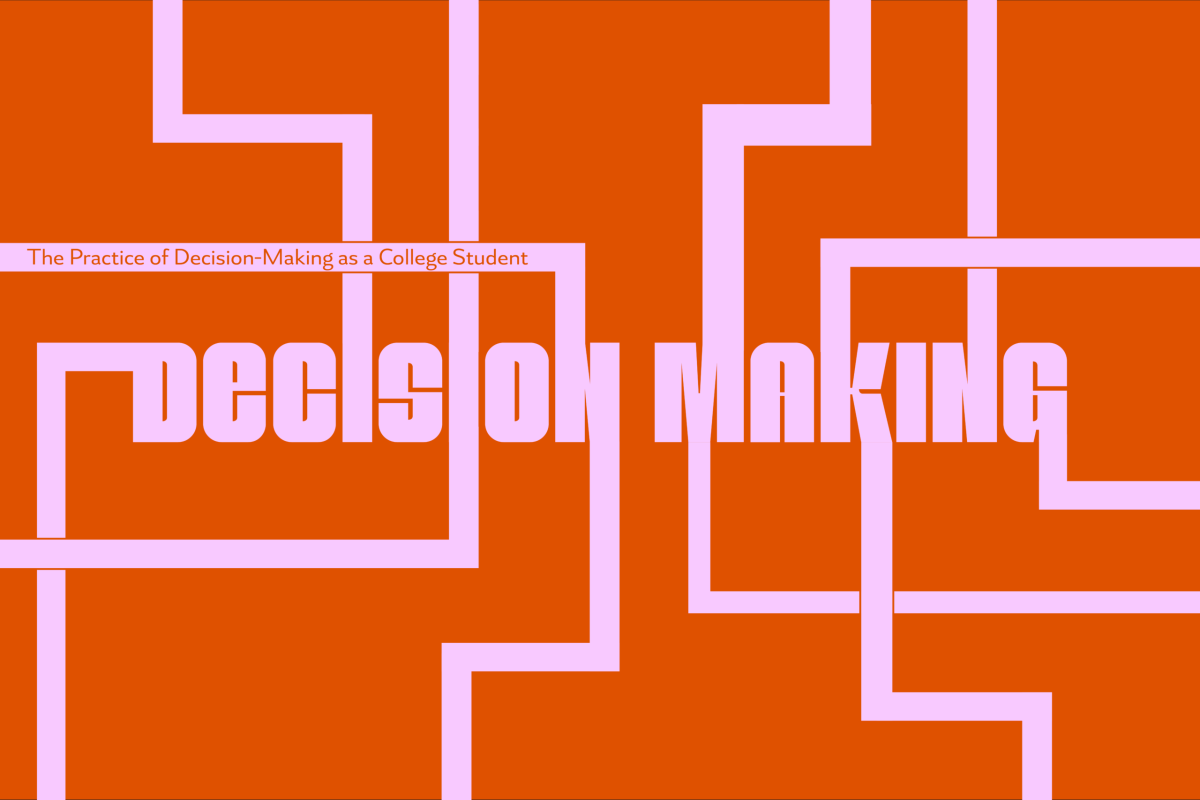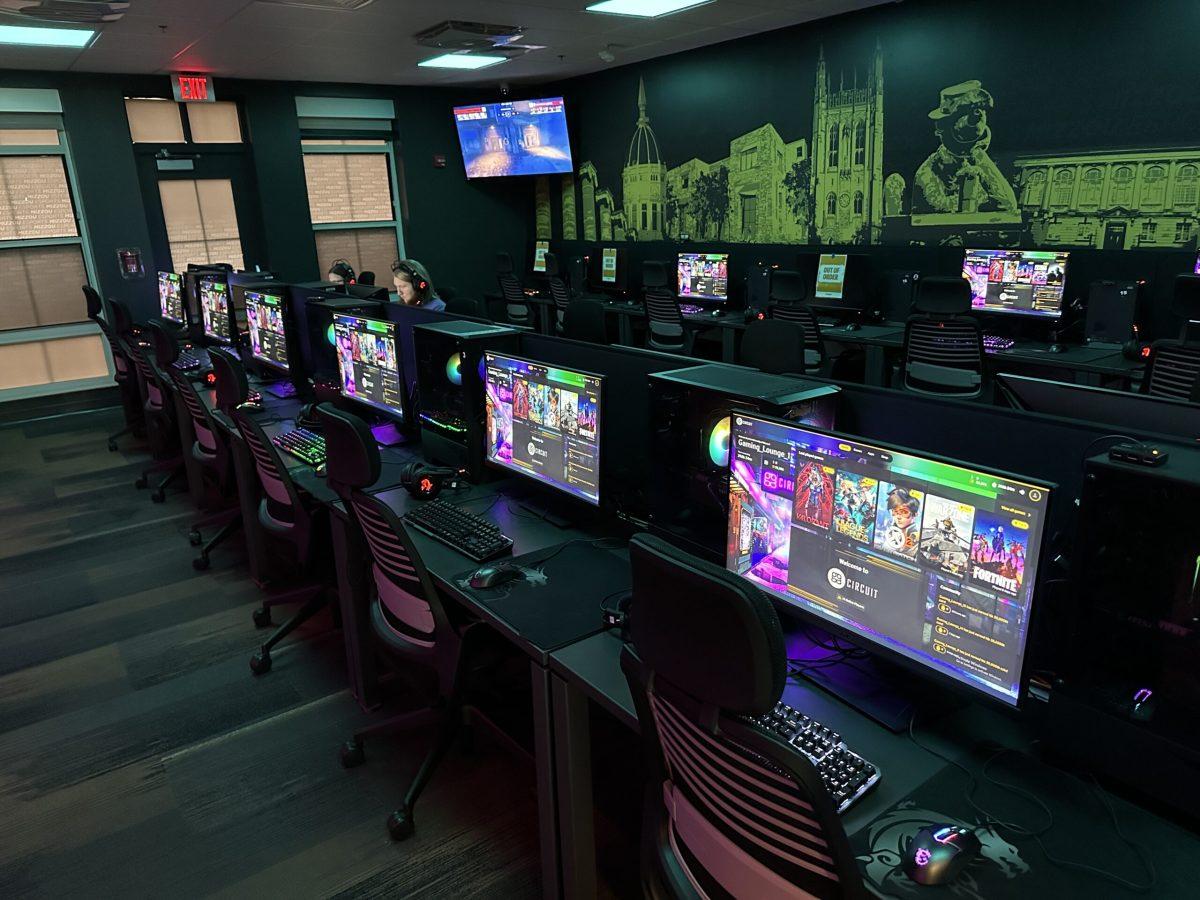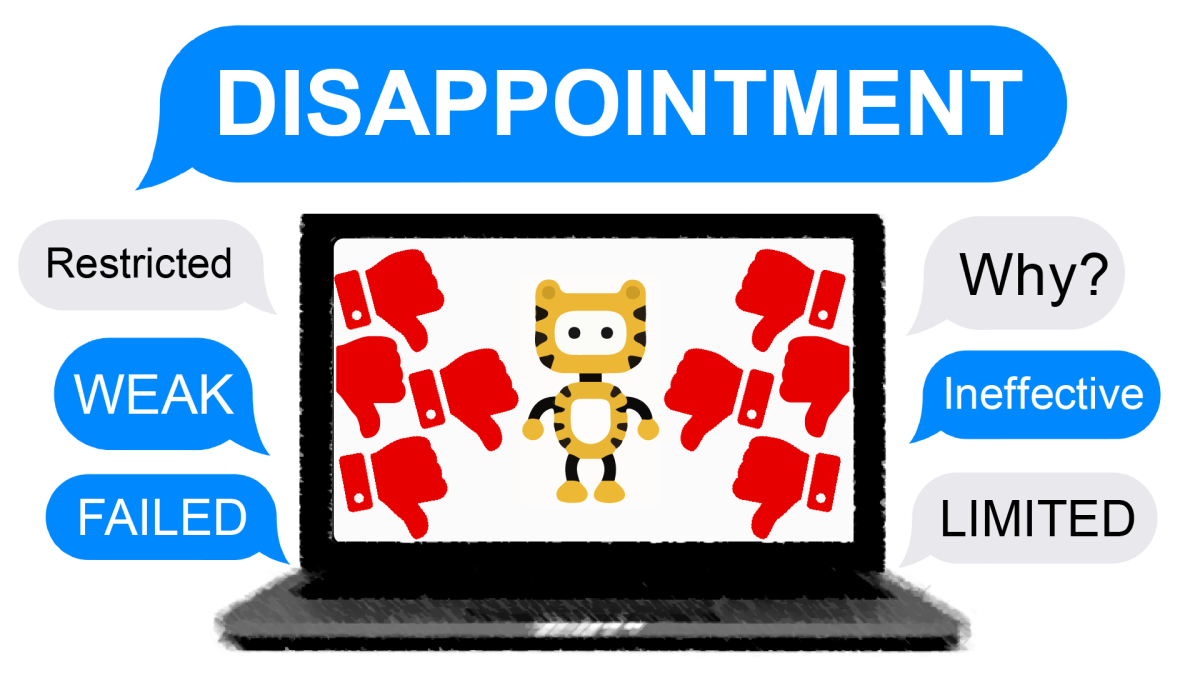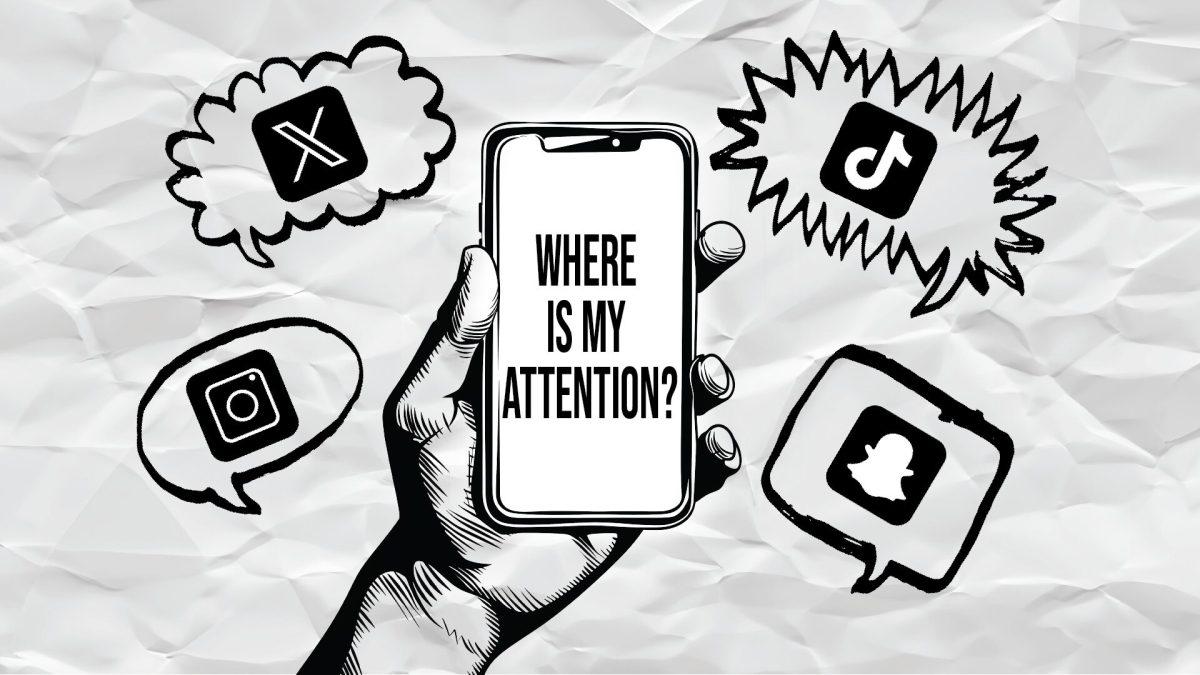An education centering on intersectional feminism promotes meaningful discussions, connections.
My friends, family and peers often ask me what I study as a women’s and gender studies student. Some of them have never heard of the field, let alone know about MU’s department tucked away on the third floor of Strickland Hall. “What exactly do you learn?” they want to know. “How is gender studies applicable?”
In addition to curiosities about the field of gender studies, I am often met with questions — and concerns — about my strong stance as an intersectional feminist. “Don’t feminists hate men?” “Aren’t women equal now?” “Wait … there are different kinds of feminism?”
I have spent the past two and a half years pursuing a minor in women’s and gender studies to complement my major in journalism. As a recent transfer student from Cottey College, a small women’s liberal arts college in Nevada, Missouri, I have seen firsthand the value of an education that centers on women and gender non-conforming people.
Women’s and gender studies (WGST) emerged from 1970s feminist movements and incorporates a variety of disciplines such as history, sociology, politics, psychology and literature. According to MU’s women’s and gender studies department webpage, WGST students gain a variety of skills such as critical thinking, collaboration, understanding of social and political structures, writing and communication skills, research analysis and global awareness.
One of the biggest reasons WGST programs remain necessary is the discrimination and human rights violations that people who occupy marginalized identities are still experiencing. In 2023 alone, 520 anti-LGBTQ bills were introduced to state legislatures, with 220 specifically targeting trans and nonbinary people. Such bills seek to restrict everything from gender-affirming healthcare to drag performances and school curricula.
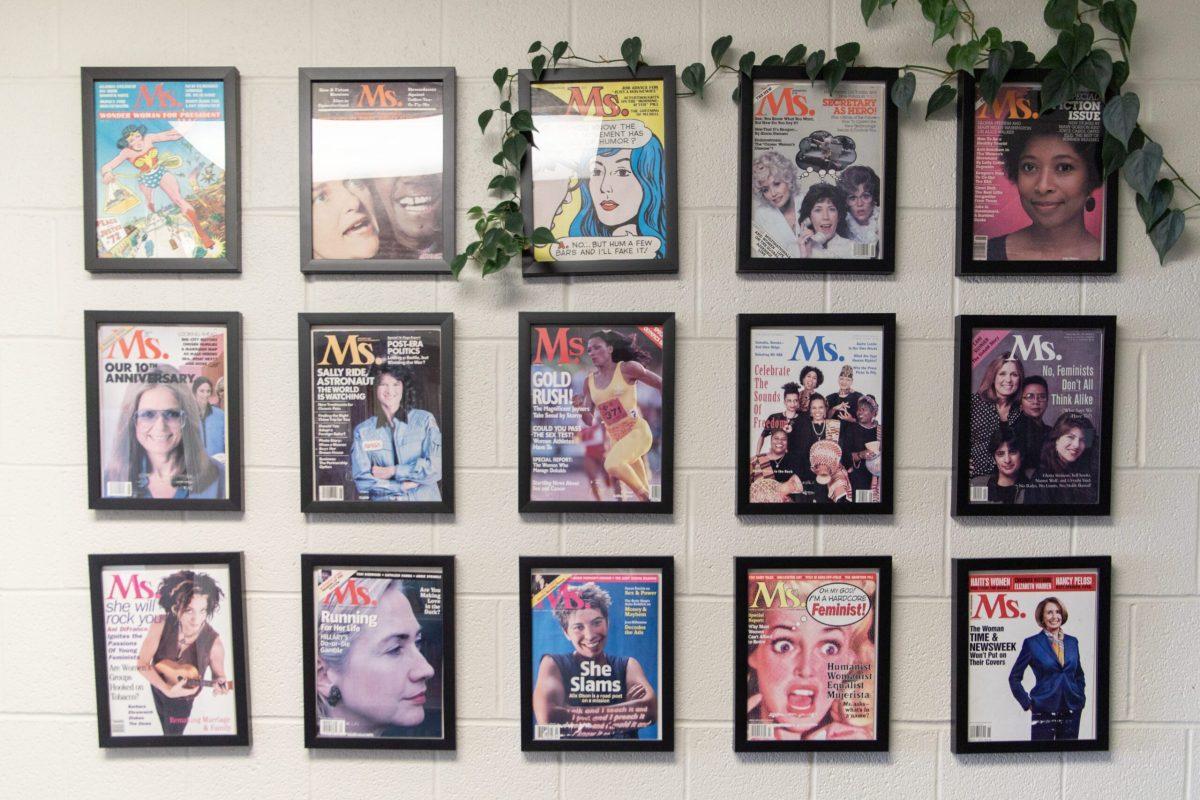
WGST is an interdisciplinary field, and it explores how multiple identity categories such as race, ability, class, sexuality and gender all combine to form a person’s experiences. Therefore, attacks on related fields and concepts like critical race theory (CRT) also threaten gender studies programs. At least one bill to ban CRT has been introduced in every state except Delaware, and in many places, CRT has become synonymous with progressive topics.
As soon as I arrived at MU, I enrolled in the gender studies program and sought out other feminists through clubs and extracurriculars. However, I came to realize that my peers often had little to no knowledge of the gender studies department or the feminist organizations on campus. This came as a surprise to me, especially after learning that MU awarded the most degrees in cultural & gender studies in the US in 2021.
To learn more about the gender studies program, I spoke with WGST professor and Director of Undergraduate Studies Dr. Christina Carney, who has taught at MU since 2016 and will soon publish her book “Disreputable Women: Black Sex Economies and Militarized Deviance in San Diego.” During our conversation, Carney spoke about the struggles gender studies departments face across college campuses.
“Our departments are always in threat of being consolidated or being entirely obliterated,” Carney said, “so we’re always in this very precarious situation.”
Recent examples of threats to WGST departments include a move to abolish New College of Florida’s gender studies program. The motion was introduced by Christopher F. Rufo, a New College of Florida Board of Trustees member appointed by Gov. Ron DeSantis, R-FL.WGST programs have faced threats in other countries, too. In 2018, the Hungarian government banned and revoked accreditation for gender studies programs at two colleges. Gender studies programs everywhere face criticism about the legitimacy and relevance of their curriculum.
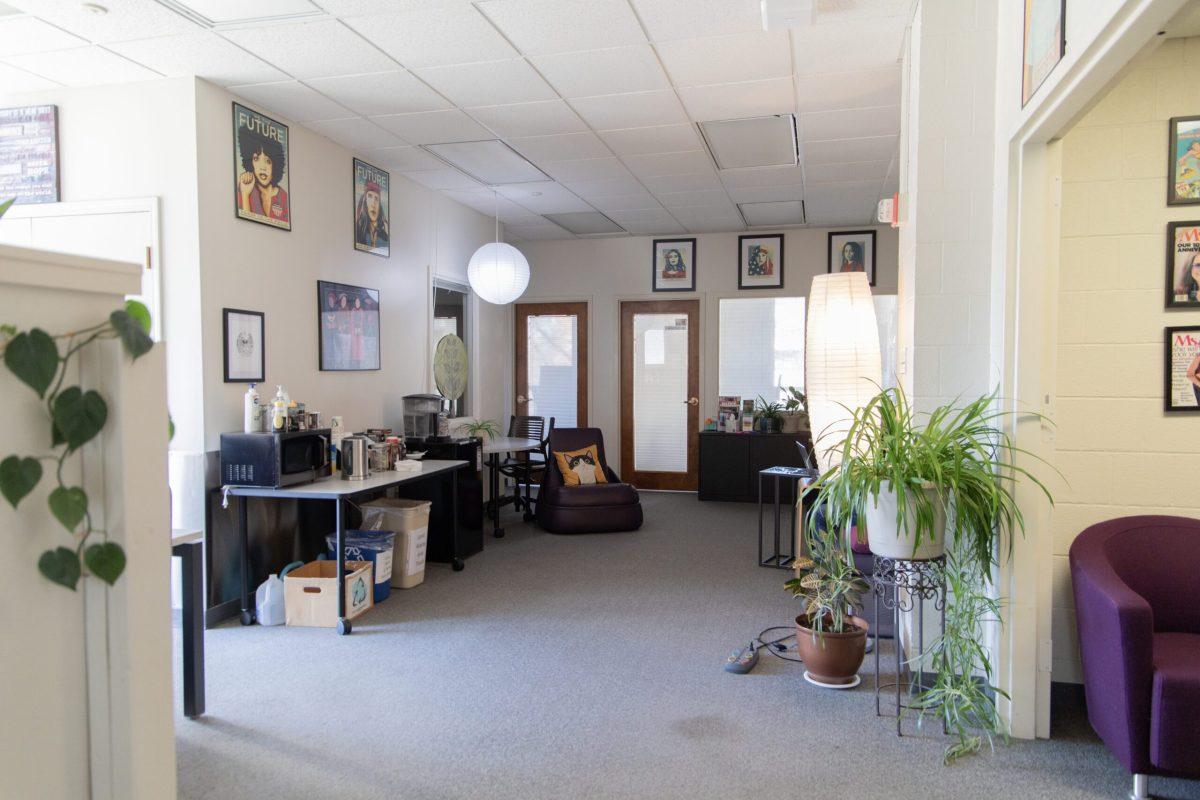
Nevertheless, Data USA’s 2021 report shows that the number of people seeking degrees in cultural and gender studies is growing by 0.00617% with the number of employees in the field growing by 4.26%. According to the report, the locations with the highest concentration of cultural and gender studies degree recipients were Columbia, Los Angeles and New York.
Carney said more departments are recognizing the need to talk about gender and
to be invested in Diversity, Equity and Inclusion. However, there remains a need for WGST departments and curriculum.
“I think when people think about progress, they think about it in terms of a linear trajectory,” Carney said, “but if history has taught us anything, it kind of works in this circular manner.”
Carney noted that issues like sexism, racism and homophobia are interconnected and continue to this day. Her work centers on Black feminisms, sex work studies and intersectional identities, all of which she incorporates into her classes.
“Getting students to understand how we all participate in these systems that are not necessarily rooted in objectivity or truth [and don’t] really illuminate the complexity of who we are as people is really important,” Carney said.
Many of my classes at Cottey College, including general education classes, discussed how systems of oppression operate. We had small group discussions about identity and read a variety of literature and research by diverse authors. Although some of my non-gender studies courses discuss identity and systems of oppression, I have noticed a gap.
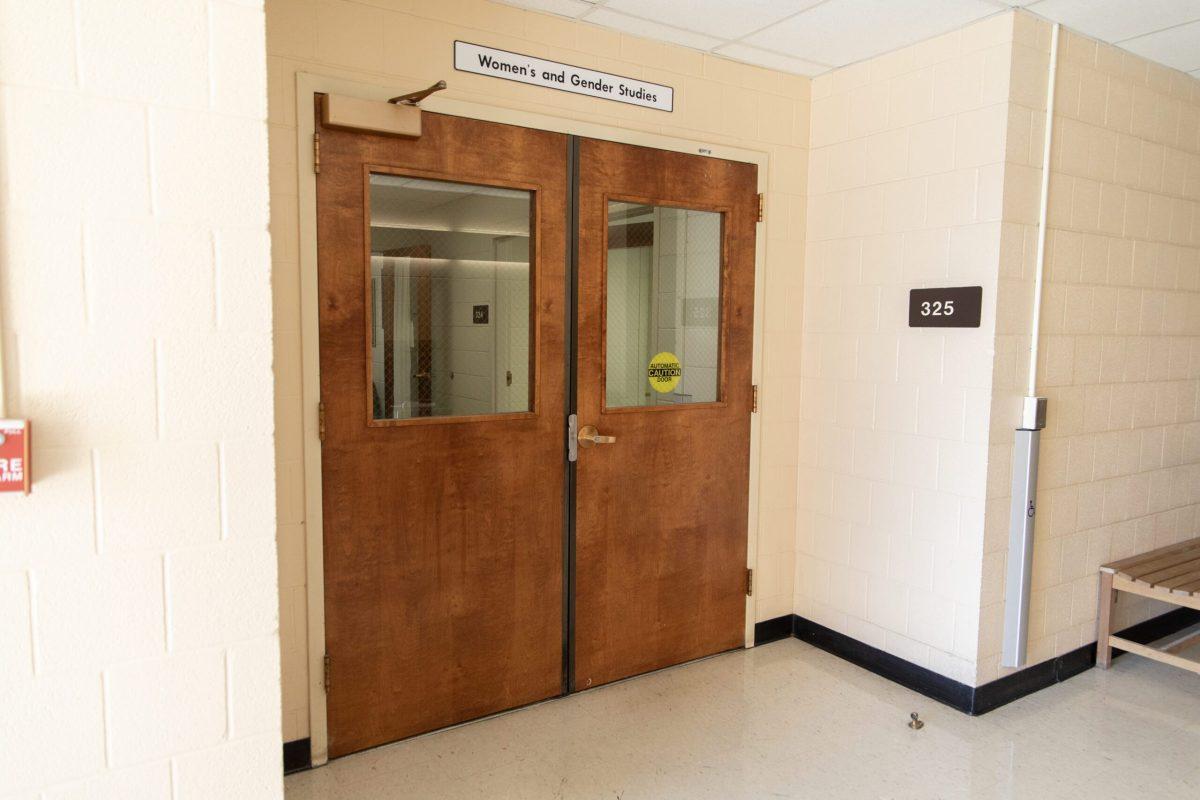
Carney explained the importance of intersectionality, a term coined by civil rights scholar and critical race theory advocate Kimberlé Crenshaw. Carney said her classes explore how identity affects people’s safety, survival, vulnerability to violence and penal incarceration and access to resources. To illustrate, she used an example of race and gender.
“A Black cisgender woman’s life is very different from a Black transgender woman’s life,” Carney said, “which is very different from a white transgender woman’s life.”
Discussing and understanding intersectional identities is important because identity affects our everyday interactions with people, where we choose to live and how we act around others.
As someone who graduated from a small women’s college, I can personally attest to the urgency of intersectionality and gender studies programs on college campuses. Transferring to a large university where some of my peers had never heard of Kimberlé Crenshaw, and where I felt the term “feminism” seemed less safe to utter in public, made me realize the need for more academic disciplines to incorporate intersectional feminist teachings into their curriculum. Intersectionality is not just important for feminists but for everyone. Unfortunately, many movements —even those supported by feminists— are not always intersectional.
The women’s suffrage movement in the early 1900s primarily sought rights for white women at the expense of Black women. Without understanding how race and gender worked simultaneously to shape the experiences of women of color, white feminists failed to disrupt all oppressive structures.
“You have to do the hard work of creating a more expansive vision of freedom for all, or you’ll continue to reproduce the same violence that has been perpetuated on you,” Carney said.
In addition to describing the nature of her classes and the importance of intersectionality, Carney spoke about her feminist values. Carney said she identifies with many Black feminisms because such schools of thought often examine how Black women’s oppression stems from issues of both gender and racial power. She said Black feminists’ goals are not just about being “on par” with men, especially because Black men don’t have as much power compared to white men.
“A lot of times, people understand feminism as having equality with white cisgender men, but that just means you would have the same power as them, and the power they have is not necessarily good,” Carney said.
For Mizzou students who want to learn more about gender, race and other identities, Carney recommends her class WGST 2010: Understanding Intersectionality.
“I think [this class] would be a good way to introduce students to WGST by talking about a lot of different things,” Carney said, “and [intersectionality] is a concept that people are somewhat familiar with.”
Carney also suggested WGST-1120: Introduction to Women’s and Gender Studies, as well as other cross-listed courses. She said the WGST department collaborates with other colleges and disciplines such as business, public health and journalism to offer courses to students who may not have time to complete a WGST major or minor.
Students who are interested in applying for a WGST major at Mizzou can enroll through the interdisciplinary BA. A minor in WGST is also available. Graduate students can enroll in a WGST minor to complement their primary area of study.
Without recognizing the relevance of gender and intersecting forms of identity, many people do not see the need for WGST as a field of study. I hope that gender studies departments will continue to expand and that more people will become aware of the urgent need for intersectional programs on college campuses.
“We are going to have to keep fighting the same struggles that generations before us have, and we’re going to have to be honest about why we’re still fighting them,” Carney said.
Edited by Tierney Kugel [email protected]
Copy edited by Sterling Sewell | [email protected]






